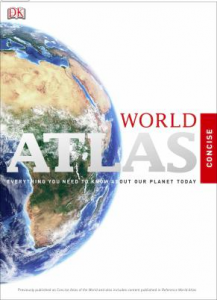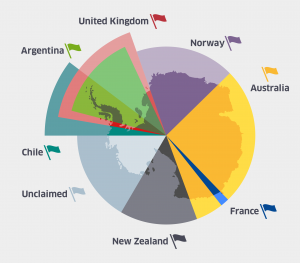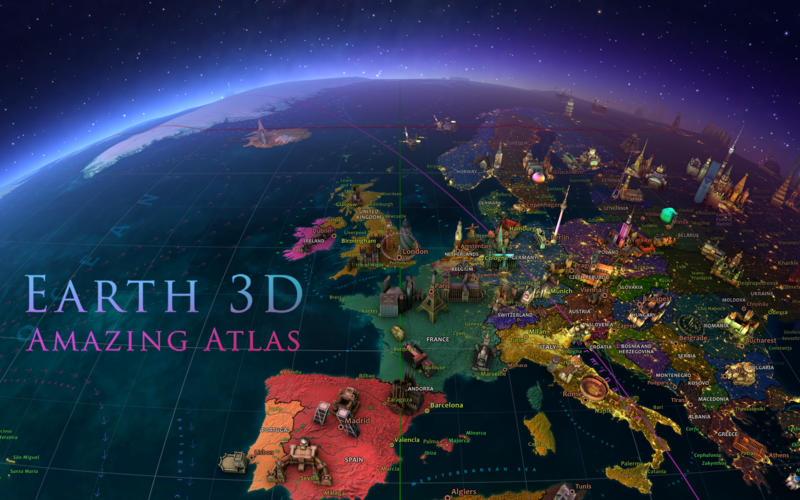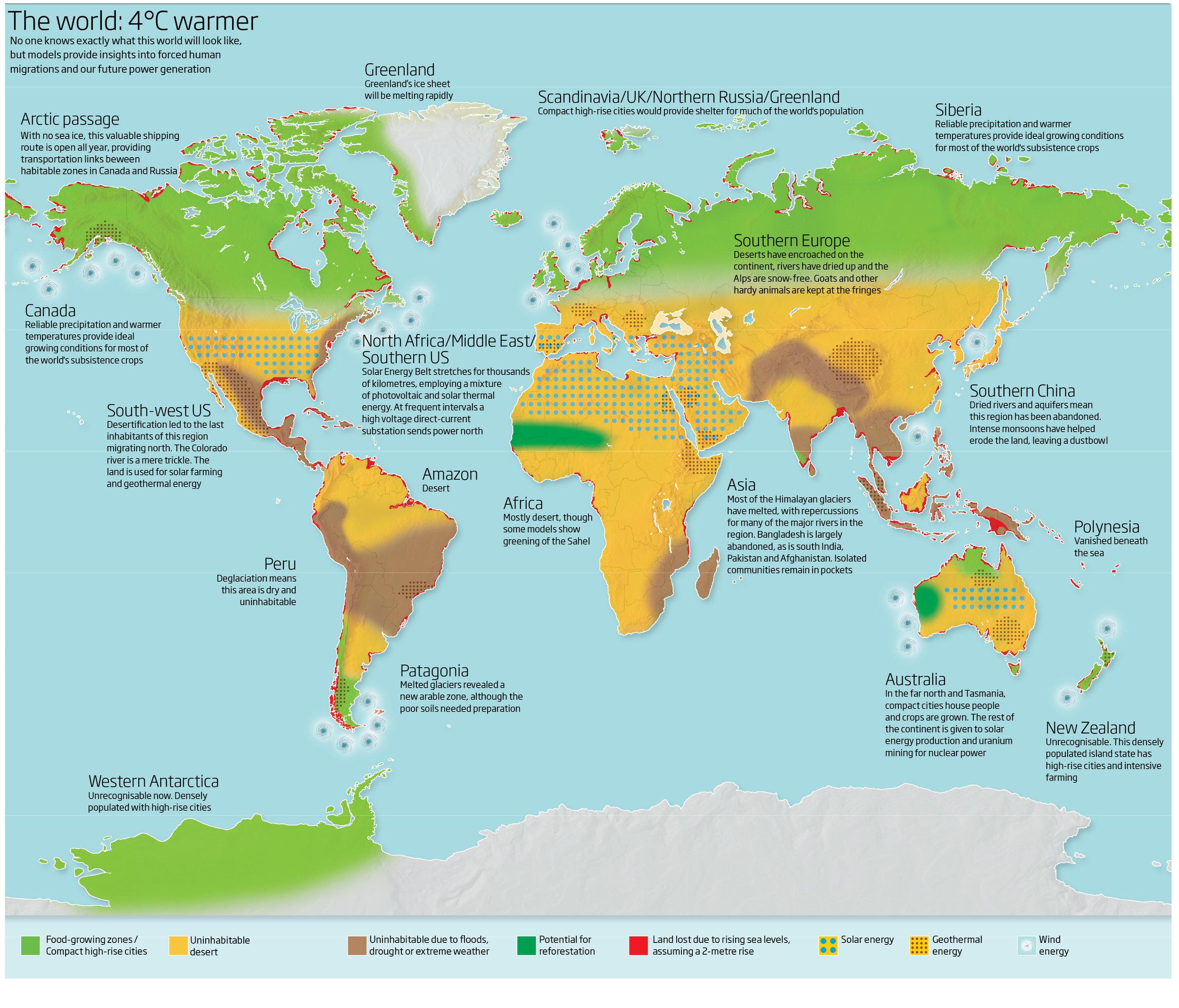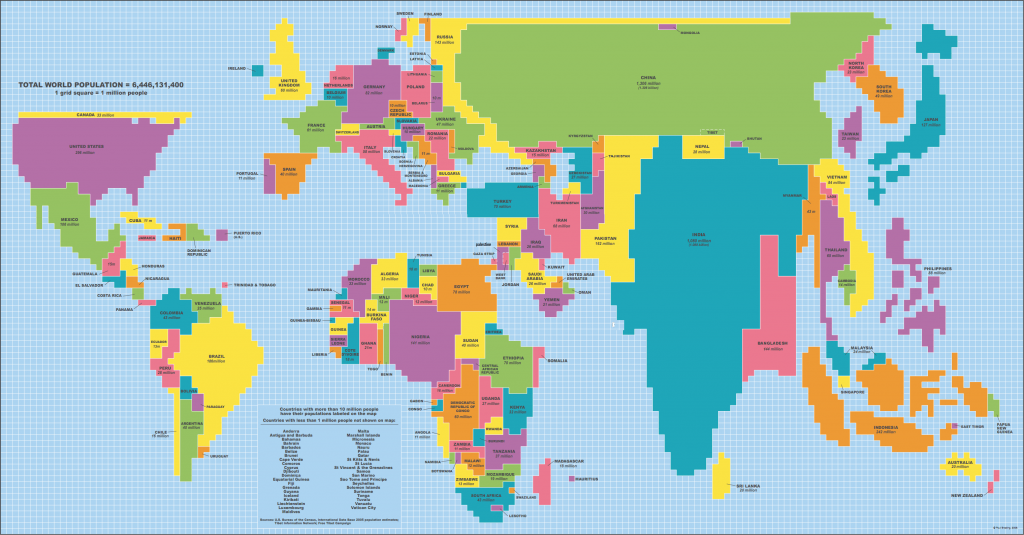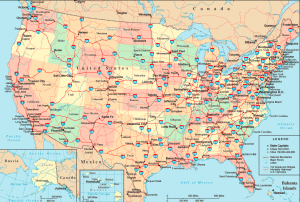
It is impossible for maps to be neutral.
Mapmakers decide what information to include and exclude from their maps. Their choices reflect their personal values, beliefs, and knowledge of the world around them. Therefore, all maps communicate their mapmakers’ bias, whether or not this is the mapmakers intention.
This is true for all maps, including the United States Interstate Highway Map by OnlineAtlas.us.
President Dwight D. Eisenhower listed the benefits of an Interstate Highway System in a speech to the Governors’ Conference in 1954. These benefits included increased safety, less congestion, a stronger economy, and better defense “should an atomic war come.”
On June 25, 1956, President Eisenhower signed the Federal-Aid Highway Act of 1956. The Federal-Aid Highway Act of 1956 established a 41,000-mile National System of Interstate and Defense Highways, which has become known as the Interstate Highway System.
The United States Interstate Highway System has allowed industries to spread and grow, encouraged rural areas to be further away from cities, and created a jump in U.S. employment since being built. Over the past fifty years, the highways have authorized unprecedented economic growth and opportunities for millions of Americans.
At first glance, it may seem like the United States Interstate Highway Map is a simple map that shows paved roads in the United States, but this is clearly not the case.
First, the mapmakers had to choose how to project the United States. They chose to put the North at the top of the map and the South at the bottom. Why not the other way around?
There is no correct way to orient the United States – the idea of a “north” and a “south” is a social construct. It would make sense, however, that the Americans who created this map would put North at the top of the map, as it hints at a superiority of their home country – the United States.
Second, the mapmakers saw it fit to include state names, as well as state capitals. This could have been to show how the interstate highway created an interconnectedness between the different major cities of the United States.
The United States becomes safer and more efficient as it increases its interconnectedness, and therefore, the impact of the interstate highway is clearer when one can see what cities it goes through.
The map also showcases the areas that are not connected by the interstate highway, perhaps hinting at the idea that those locations are not as important, or are inferior, to the interconnected locations.
Third, the mapmakers selected certain colors to represent the different states. How come Florida and Maine are colored red, while Nebraska and Oregon are colored yellow? Is there some kind of similarity between states with the same color, or were the colors picked at random?
It seems that the colors were picked at random to make state lines more clear, but that could be an incorrect assumption. There could be a similarity between the same color states that the mapmakers are trying to convey in their map, though there is no way to know for sure by simply observing the map.
Fourth, the mapmakers chose to include the major lakes in their map. Why would they do this? What does that add to the map of the interstate highway? Perhaps, it shows the power of the United States, since there seem to be more man made highways than natural rivers on the map.
Lastly, the mapmakers decided to include Alaska and Hawaii on the map, despite the fact they do not contain any interstate or U.S. highways. It is possible they did this to show the unity of the United States, despite the lack of physical unity it has.
The United States Interstate Highway map shows how much power a map can contain. Since the map seems to be straightforward, people may accept the map as truth, and nothing but the truth. This map excludes as much as it includes, however, giving the onlooker a limited version of the truth.
People may observe this map and start to believe that Nebraska and Oregon share an innate similarity to one another, some areas of the United States are superior to others, and/or we have connected our country to a greater extent than have our natural waterways – but these observations lack a depth of knowledge that is required to make such claims.
As people living in this map-filled world, we must be critical thinkers who question the knowledge that is presented to us. If we would like to further the human population’s knowledge and exploration, we must be active participants in the dissemination of correct and unbiased information.
Maps are not neutral, but if we realize this and deal with them carefully, maps can become greatly useful to us and they can lead us to new and exciting experiences.
Resources
The Editors of Encyclopædia Britannica. “Mercator Projection.” Encyclopædia Britannica, Encyclopædia Britannica, Inc., 16 Aug. 2013, www.britannica.com/science/Mercator-projection.
“Impact.” The History of the Interstate Highway System, highway.umwblogs.org/impact/.
Molloy, Antonia. “Gerardus Mercator: 3 Ways Influential Cartographer Changed the Way We Look at the World.” The Independent, Independent Digital News and Media, 5 Mar. 2015,www.independent.co.uk/news/world/gerardus-mercator-how-the-cartographers-map-could-be-influencing-your-view-of-the-world-in-ways-you-10087386.html.
United States. Congress. House. Committee on Transportation and Infrastructure. Recognizing the 50th Anniversary of the Interstate Highway System: Report (to Accompany H. Con. Res. 372). [Washington, D.C.: U.S. G.P.O.], 2006.
“United States Highway Map.” United States Interstate Highway Map, Online Atlas, www.onlineatlas.us/interstate-highways.htm.
Weingroff, Richard F. “Highway History.” U.S. Department of Transportation/Federal Highway Administration, 27 June 2017, www.fhwa.dot.gov/infrastructure/originalintent.cfm.

